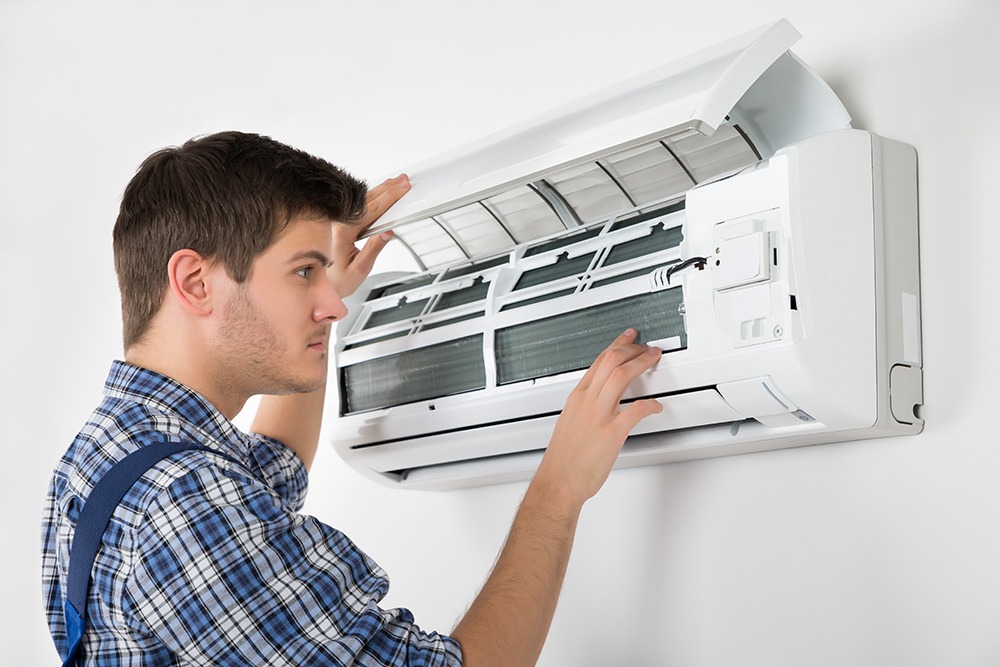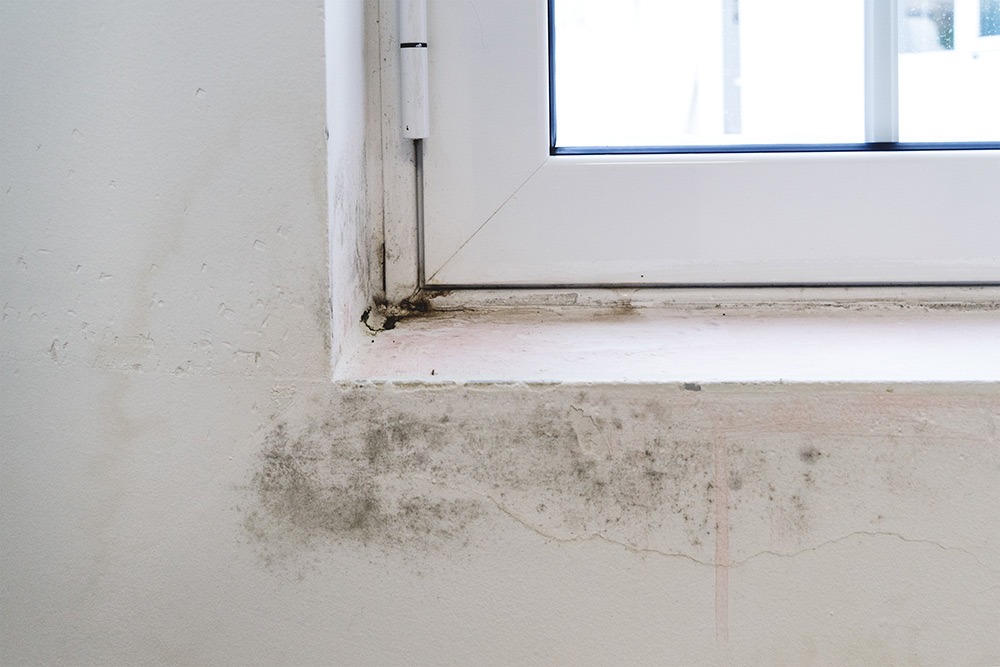Indoor Air Quality
Indoor air quality, though perhaps outranked in priority, is a concern for everyone. While it is impossible to do anything about the risks of outdoor environmental pollutants such as factories and cars, the risks associated with pollution indoors can be successfully mitigated. During the last few years, scientific evidence has showed that the air in buildings and homes can contain more pollution than an industrialized city. Additional research revealed people spend roughly 90 percent of their time inside. This can cause serious health risks greater than being exposed to air pollution outdoors.
You may be more susceptible to indoor air pollutants if you spend long periods of time indoors. This places you in a category most susceptible to the impact of indoor air pollution. The people most affected are the chronically ill, the elderly, individuals suffering from cardiovascular or respiratory disease, and the young. The key to remaining healthy is understanding how to control common indoor pollutants. You can help decrease your risk to numerous health concerns caused by indoor pollution. The negative impact of these pollutants can be experienced right after your exposure, or not manifest for years.
Indoor Air Pollution
The primary causes of indoor air pollution are particles and gases in your air. This can be caused by inadequate ventilation, not letting enough outdoor air into your home to carry out the indoor pollutants, or to dilute emissions from nearby sources. Some sources of indoor air pollution include gas, wood, oil, tobacco products, coal and kerosene, furnishings, building products, insulation containing asbestos, specific products constructed from pressed wood, household cleaners, humidification devices, cooling and central heating systems, pesticides and radon.
The importance of each source is dependent on how many pollutants are emitted and the level of hazardous emissions. If your gas stove is not adjusted properly, it can emit significant levels of carbon monoxide. Your air fresheners, furniture and building materials may be releasing pollutants. This includes everything from paint strippers to tobacco to cleaning supplies. If the right amount of outdoor air is not entering your home, this can result in the accumulation of pollutants. Some homes have higher levels of pollutants simply due to the way, and period of time, they were built.
Air Quality Near Me
The area you live in can affect the quality of the air inside your home. Some homes were built on rock or soil containing uranium. This is a common source of radon that can pollute your home. An odorless, colorless radioactive radon gas is released when radon breaks down. This gas can enter your home through your floors, walls, floor drains, cracks in the concrete and sump pumps. If radon becomes trapped in your home, the concentrations will build posing a substantial health concern. You cannot put enough importance on the phrase ‘the air quality near me.’ Radon can impact every type of home.
Biological contaminants in your home may include cat saliva, animal dander, mildew, mold, bacteria, viruses, cockroaches, dust mites and pollen. Pollen, of course, comes from plants. Animals and people transmit bacteria. The urine from mice and rats is a potent allergen. Your air conditioning and heating systems can become contaminated, which can lead to breeding grounds for biological contaminants including mildew and mold. When you control the humidity level in your home, you can minimize the growth of some biologicals. Wet surfaces and standing water enable insects, bacteria, mildew and mold to breed. Dust mites are a powerful allergen; they grow in warm, damp environments.
Allergic reactions can be triggered by biological contaminants. Infectious illnesses including chicken pox, measles and influenza can travel through the air in your home. Toxins causing diseases are released through mildew and mold. The symptoms of a health problem caused by this type of pollutant can include coughing, watery eyes, sneezing, dizziness, fever, digestive issues, shortness of breath and lethargy. Certain diseases can result from microorganisms and toxins growing in your humidifier or heating and cooling system. You are susceptible to the biological agents in your air.

Indoor Air Quality Testing
The majority of problems with indoor air quality require a professional solution. There are companies trained to locate and eliminate serious issues pertaining to the quality of air inside your home. They have the experience to identify both common and uncommon pollutants and understand the potential impact on your health. They have numerous and effective methods of testing to enable the reduction of the pollution levels in your home. The three most common sources of pollution indoors are volatile organic compounds, mold and radon.
Mold is a type of fungal growth common in damp and humid areas. Mold can breed between your walls, in your basement, kitchen and bathroom. A professional can determine if there is mold in your home polluting your air. Certain fungi will breed in environments with a high level of humidity and can damage your health. Almost any structure can be negatively impacted by moisture. This can result from a leak in your roof, inadequate exterior drainage, deteriorating windows, elevated humidity levels and your plumbing. Moisture does not have to be in a liquid state to negatively impact your home. If you see or suspect mold, call a professional to test your home.
Asbestos is a material that has been processed, mined and used to fabricate a wide variety of materials used for building homes. A professional uses a process for collecting samples and inspecting for asbestos. They can identify any material in your home containing asbestos. If asbestos is not treated it will often result in serious health issues. The majority of homes are impacted by some type of pollution. The best possible way to protect your home is to have a professional identify the pollutants in your air. Indoor air quality testing is imperative for your health.
Pesticides in the Home
A survey was conducted and revealed 75 percent of all homes in the United States have used a minimum of one pesticide in the last year. The most common products are disinfectants and insecticides. Another study revealed eighty percent of pesticide exposure occurs within the home. In excess of a dozen different pesticides have been found in measurable levels in the air inside homes. These levels exceed what is explainable by the use of pesticides. Additional potential sources include dust and soil tracked into the home from outside, the collection of pesticides on household surfaces and stored containers of pesticides. Pesticides are used to control rodents and insects and include sprays, powders, liquids, foggers, crystals and sticks.

Pesticides can be extremely dangerous if they are not used correctly. This includes both the active ingredient and the ingredients used as a carrier for the active agent. These agents are referred to as inerts when used in pesticides. The reason is pesticides are not toxic for pests. The problem is, some inerts can cause health problems for humans. When these ingredients are in the air, they can cause serious health issues. Pesticides can increase the level of airborne organics in your home. Both types of ingredients can present a health risk.
There is documentation proving if cyclodiene pesticides are present in high levels in your air, they can cause a wide variety of symptoms. This includes headaches, muscle twitches, dizziness, tingling sensations throughout the body, nausea and weakness. There are concerns within the EPA that long-term damage can be caused to the central nervous system and liver due to cyclodiene pollution. This pollutant also increases your risk for cancer. The best protection is having the air in your home professionally tested.



Recent Comments